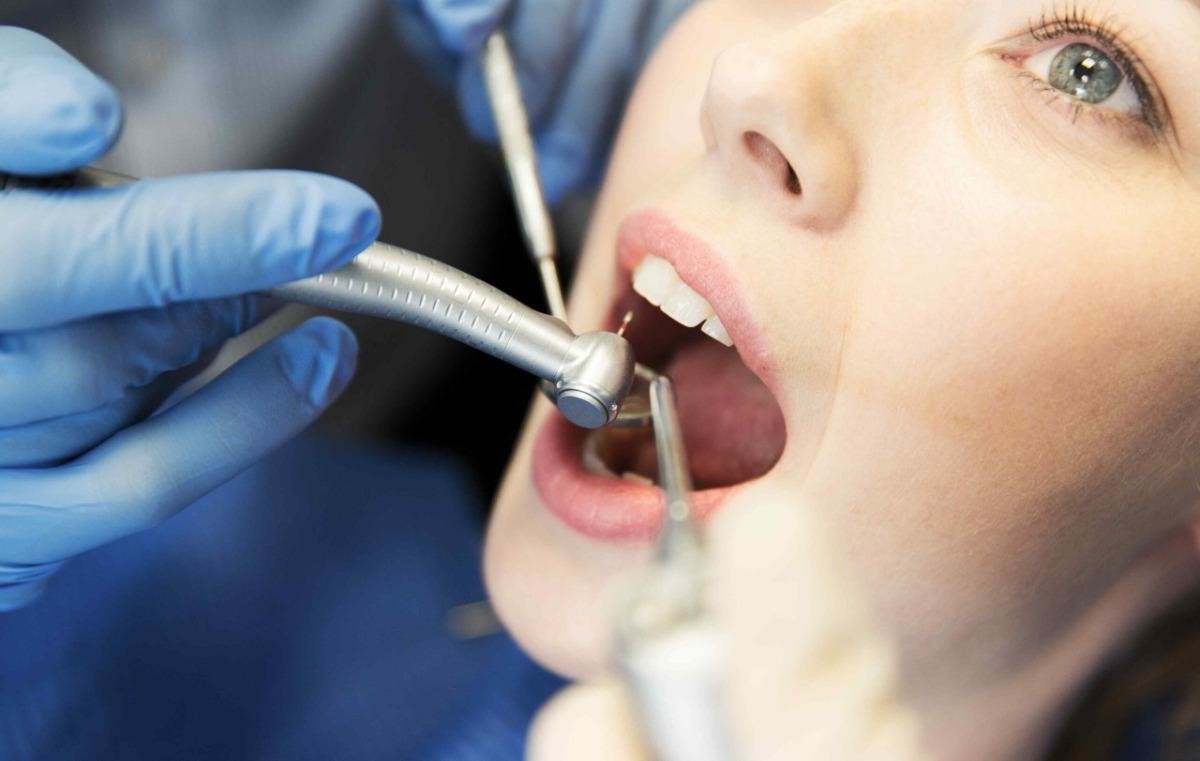Surgical orthodontics, also known as orthognathic surgery, is a specialized branch of orthodontics that combines surgical procedures with traditional orthodontic treatments to correct severe dental and jaw irregularities. This field of dentistry focuses on improving both functional and aesthetic aspects of the teeth and jaws, making it a critical option for patients whose conditions cannot be addressed through braces or other non-surgical methods alone.
What is Surgical Orthodontics?
Surgical orthodontics involves the correction of jaw and facial abnormalities that impact the alignment of the teeth, bite, and overall facial symmetry. These conditions often result from developmental issues, trauma, or congenital defects that lead to misaligned jaws, severe malocclusion (improper bite), or other skeletal discrepancies. Orthognathic surgery aims to reposition the jaws, correct the bite, and enhance facial appearance.
Who Needs Surgical Orthodontics?
Patients who typically require surgical orthodontics often have severe jaw misalignments that affect their ability to chew, speak, or breathe properly. Common indicators for this type of treatment include:
- Misaligned Jaws: Conditions such as overbites, underbites, crossbites, and open bites that are too severe to be corrected by braces alone.
- Facial Asymmetry: Disproportionate facial features due to uneven jaw growth.
- Difficulty in Chewing or Biting: Functional issues that stem from jaw misalignment.
- Obstructive Sleep Apnea: When jaw positioning contributes to airway obstruction, leading to sleep-related breathing disorders.
- Chronic Jaw Pain: Conditions like temporomandibular joint (TMJ) disorders that are linked to misaligned jaws.
The Surgical Orthodontic Process
Surgical orthodontics is a multi-phase process that requires careful planning and coordination between an orthodontist and an oral and maxillofacial surgeon.
- Initial Consultation and Planning: The process begins with a thorough evaluation by an orthodontist. This includes X-rays, dental impressions, and 3D imaging to assess the alignment of the teeth and jaws. A comprehensive treatment plan is then developed in collaboration with the surgeon.
- Pre-Surgical Orthodontic Treatment: Before surgery, patients typically undergo orthodontic treatment with braces or clear aligners. This phase lasts several months to align the teeth in preparation for the upcoming surgery.
- Surgical Procedure: Orthognathic surgery is usually performed under general anesthesia in a hospital setting. The surgeon will reposition the jaws by making precise cuts in the bone and securing the new jaw position with plates and screws. The surgery may involve one or both jaws, depending on the severity of the condition.
- Post-Surgical Recovery: Recovery time varies depending on the complexity of the surgery, but patients can expect swelling, discomfort, and a liquid or soft food diet for several weeks. Follow-up appointments with the surgeon and orthodontist are crucial during this period to monitor healing.
- Post-Surgical Orthodontic Treatment: After the initial recovery, orthodontic treatment continues to refine the bite and ensure the teeth are properly aligned. This phase can last several months until the desired results are achieved.
- Final Results and Maintenance: Once the orthodontic appliances are removed, patients may need to wear retainers to maintain the new alignment. The results of surgical orthodontics are typically permanent, with significant improvements in both function and aesthetics.
Benefits of Surgical Orthodontics
Surgical orthodontics offers several benefits for patients with severe jaw and dental irregularities:
- Improved Bite Function: Correcting jaw alignment enhances the ability to chew and speak effectively.
- Enhanced Facial Appearance: Jaw repositioning can significantly improve facial symmetry and proportions, boosting self-confidence.
- Relief from Chronic Pain: Addressing misaligned jaws can alleviate TMJ pain, headaches, and other related symptoms.
- Better Breathing: For patients with obstructive sleep apnea, surgical orthodontics can open the airway and improve breathing during sleep.
Risks and Considerations
As with any surgical procedure, orthognathic surgery carries some risks, including infection, bleeding, nerve damage, and complications related to anesthesia. However, with proper planning and care, these risks can be minimized. Patients should discuss potential risks and benefits with their surgical team to make informed decisions.
Conclusion
Surgical orthodontics is a transformative treatment option for individuals with severe jaw misalignments that cannot be corrected with braces alone. By combining orthodontic care with surgical expertise, this approach not only enhances dental function but also improves facial aesthetics and overall quality of life. For those considering this treatment, consulting with a skilled orthodontist and oral surgeon is the first step toward achieving a healthier, more balanced smile.





